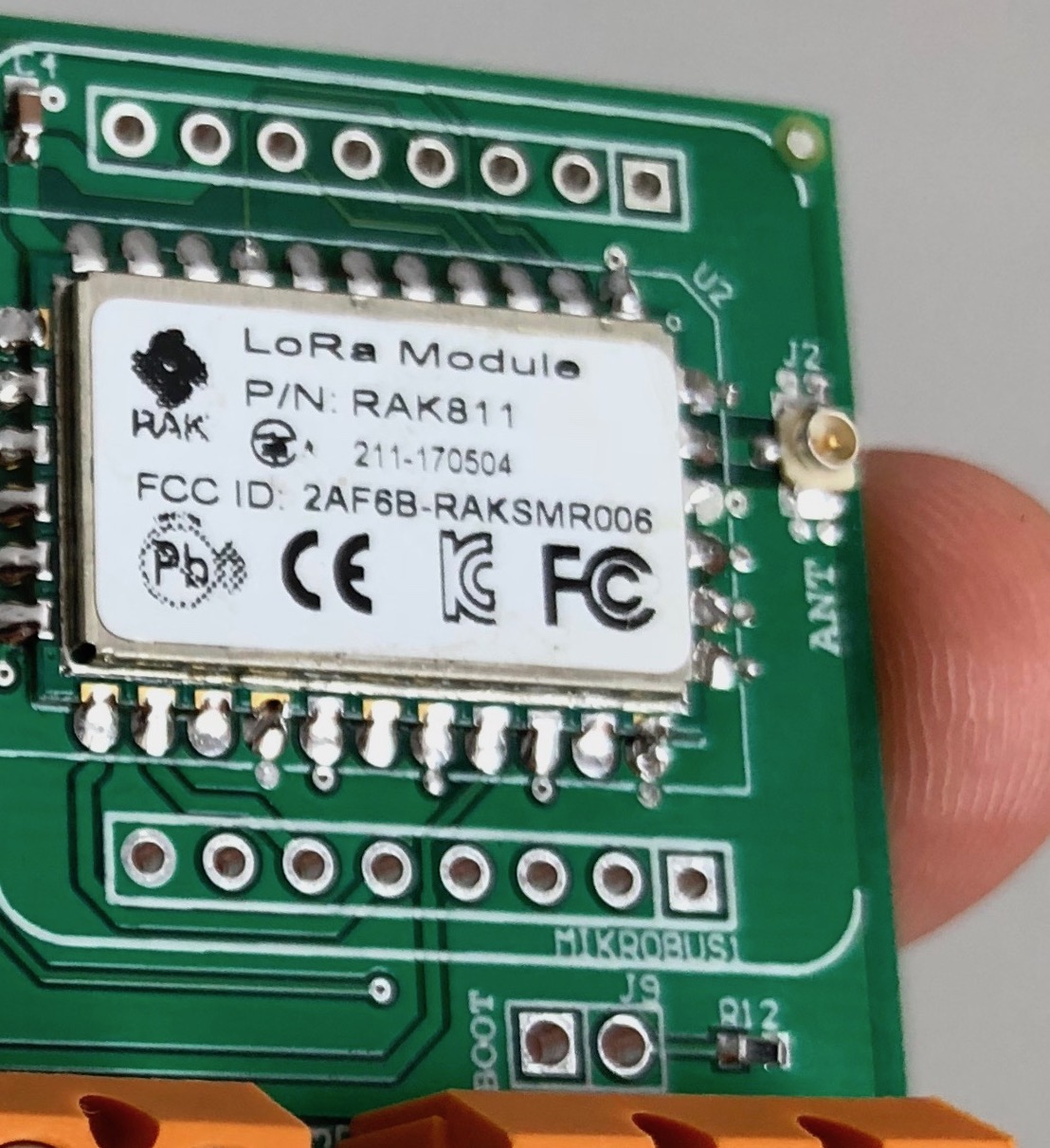the airflow can be enough inside, but the dead volume (see doc) is probably to big … I guess.
The small Steverson screens are used worldwide for measurements, sometimes also with a little fan ( solar power). See also these little screens for the personal weather stations and the official weather stations.
Another interesting but maybe expensive screen:https://www.allmeteo.com/meteo-shop/solar-radiation-shield-for-weather-station
yes off course… that’s why I was supprised to read that the 'dead volume… let’s say the room in which the naked Sensirion sensor is mounted, is influencing the humidity measurements.
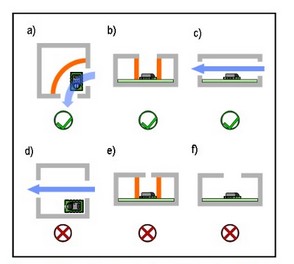
See the difference between C and D, not only the mounting position (H or V) but also the volume
Anyway, have to test this more myself, also I don’t know if this is sensor brand/type related.
In fact I allready did, after I had many problems with a sensor giving 100% humidity very fast and all the time, I decreased the volume with an empty desert packaging and indeed it works better now.
I want the processor switch from node antenna
What components can I use to accomplish this ?
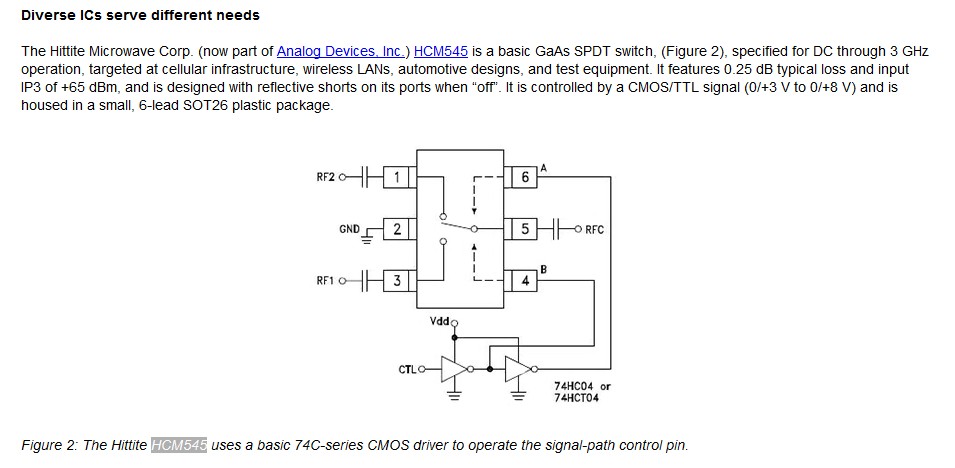
some chip that can be hand soldered  … any ideas ?
… any ideas ?
@BoRRoZ take a look at pycom oem baseboard reference schematic, you have one
https://docs.pycom.io/chapter/datasheets/downloads/oem-universal-schematic.pdf
but hand soldering will not be easy
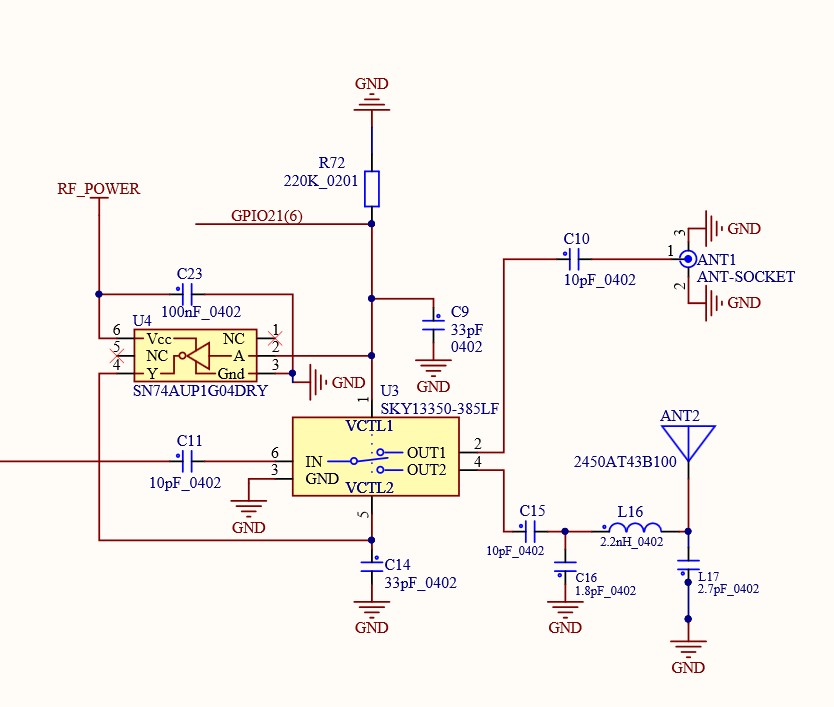
SKY13350-385LF
tnx Charles… package : ultra miniature 1 x 1 mm ![]()
- update : found something
- SA630D/01,112 - RF Switch IC, SPDT, DC to 1 GHz, TTL, CMOS, 3 V to 5.5 V, SOIC-8
- http://www.farnell.com/datasheets/1867248.pdf
Why not use the same as semtech SX12xx reference design: Peregrine PE4259 ( http://www.psemi.com/products/rf-switches/pe4259 ) ?
The PE42421 ( http://www.psemi.com/products/rf-switches/pe42421 ) has identical spec but is bigger.
Actually I think both are in 1mmx2mm SC70 packages (2mmx2mm approx pcb footprint)
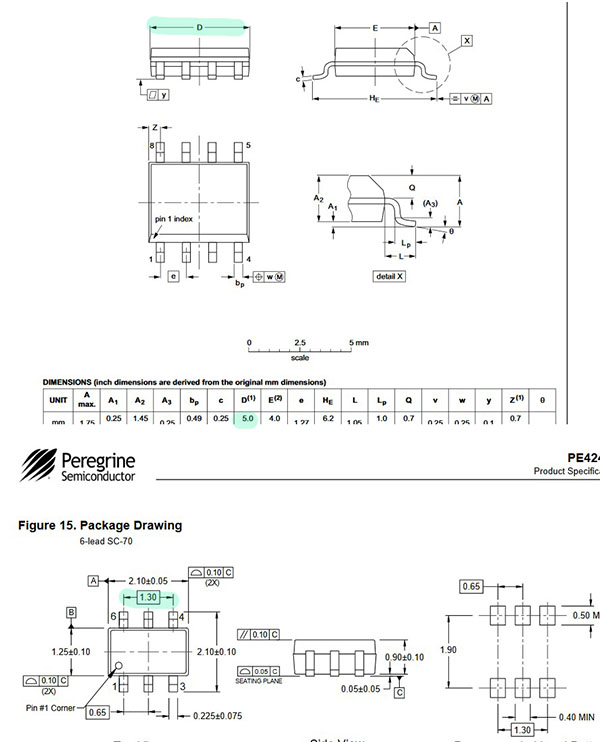
tnx for your inputs !
the ones I ordered yesterday from farnell can be hand soldered by me 
![]()
use case idea : a dual antenna setup on one mobile gateway … one normal half dipole and one motorised directional antenna (own design)
if tracker which we follow is close (signal strength and/or gps calculation) the 'normal halve dipole will be used… if signal gets weaker the system switch to the directional antenna , the direction is controlled by the received gps tracker data vs tracker antenna location So they are 'auto pointed to each other.
goal is to extend the reach of a tracker and mobile ‘basecamp’
it will look a bit like this setup
Yes you’re right, sorry. Don’t remember which one has same spec but bigger package 
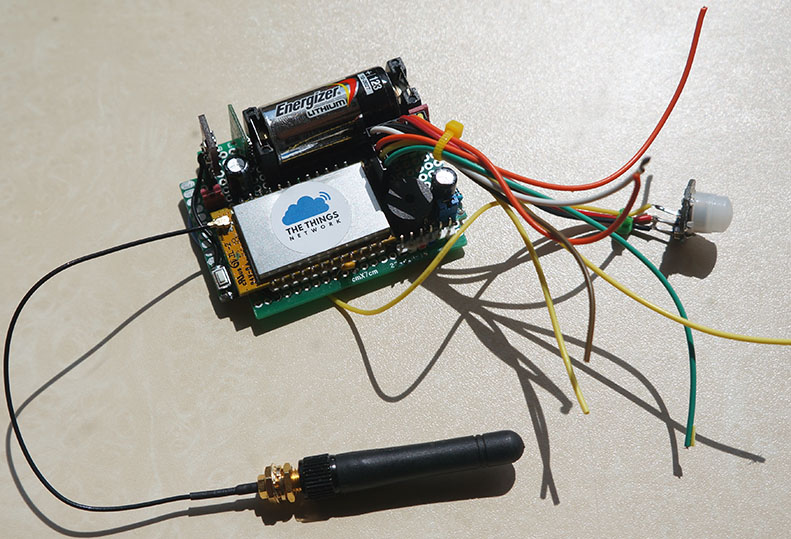
almost there… all I/O is working 
There screens are, at best, very loosely based on a Stevenson screen in that that use the concept of slats to allow air to flow through and provide some protection from the effects of solar radiation. A Stevenson screen has well defined construction which is nothing like the cylindrical shields you buy from Aliexpress etc.
Adding a fan is both a good thing and a bad thing. It is good because it guarantees air flow across the sensor, it is bad because the fan dissipates heat impacting temperature and humidity readings.
yes that is right, but in greenhouses they use already for 25 plus years boxes with fans. We use for more than 10 years monitor systems (Zigbee) in stadium worldwide with little Stenveson screens. In the first 5 years the screens from Finland and now a other screen to measure the grass temperature ( 10-15 cm above the grass). For golfcourses we use now little nodes with a very small fan. The fan will start when the solar panel “works”, so only with a good full sun.
You will get rich, if you have an alternative to a real Radiation Shield / Stevenson Screen with 100% UV Shielding and free air-flow. I think you misunderstand the datasheet in matter of dimensions. Basically it describes, that air should be able to flow freely around the sensor. Also the shielding from other electronics is important. Compare this with the DHT22 cases as reference. If you put the SHT31 directly into a good consumer Screen like DAVIS 7714 and place it correctly, then you are near the reality for Air temp/hum. I realized too that many arduino libraries have flaws in calculation. Also when heaters are involved like in SHT31 then in often the measure can be influenced negative.
There is not much discussion here on the construction side of building an environmental node, So that Sensirion doc is interesting and off course everyone knows that you need airflow, but 'dead volume was new to me.
We are trying to build 0.1 degree accurate temp sensors with one dollar parts 
LOL… hope you can buy them over 3 months… without warning they just stop production. 
but I haven’t seen them before… nice boards
Ha the RAK811-N, it was kind of an odd one… but the photo above is by no means a final product…
very buggy firmware, however the last one worked pretty good.
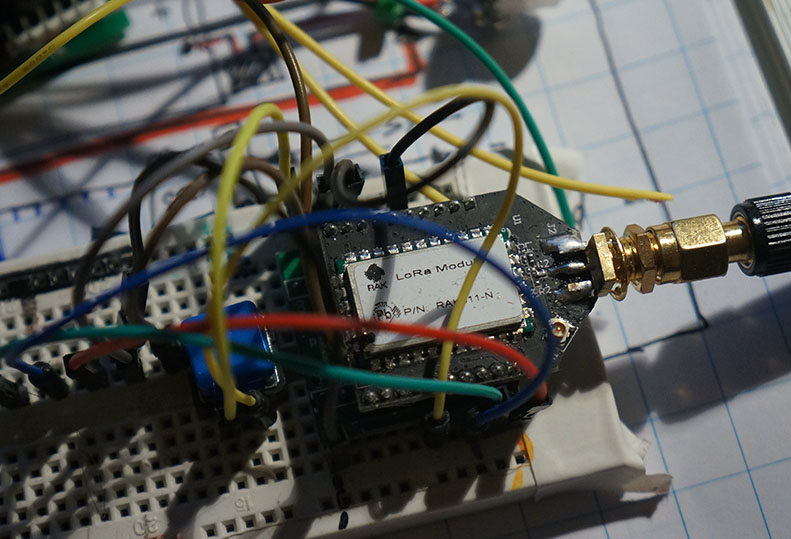
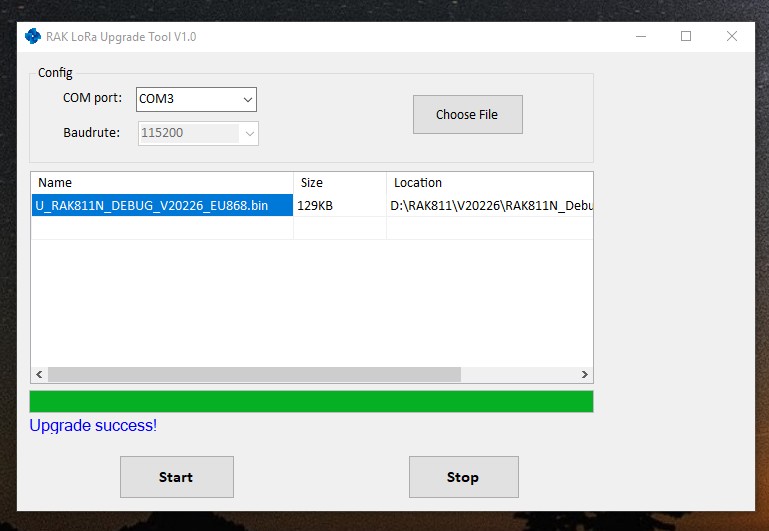
many hours 'wasted… well, for me its just hobby
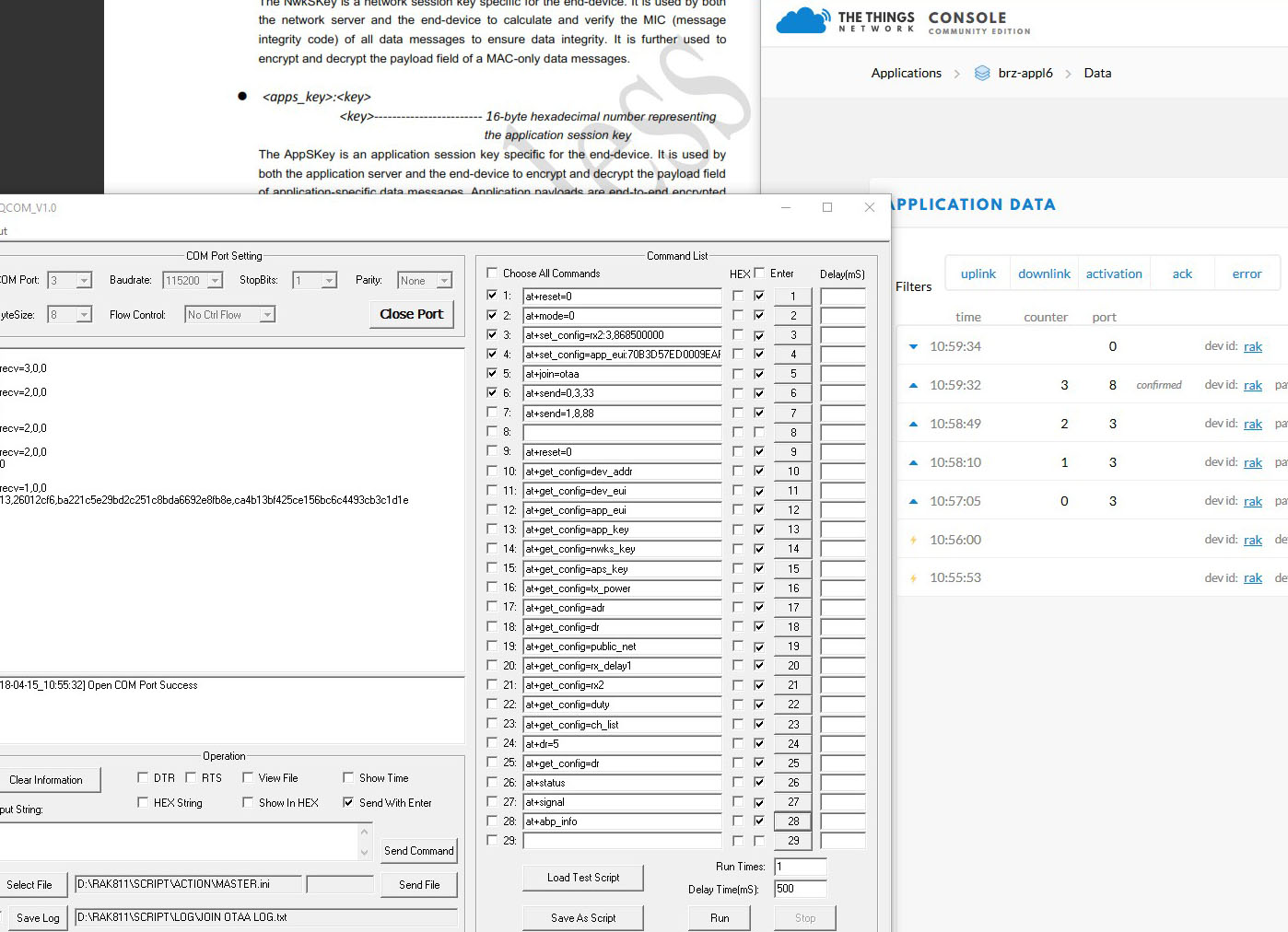
Yeah… but after all the certification work around the RAK811 I don’t expect that one is going away so quickly… and it’s pretty happy with the open source Mbed OS stack.
My issue is more around lack of hardware SPI to support the MikroE Click, so I’ll probably go for something else.
